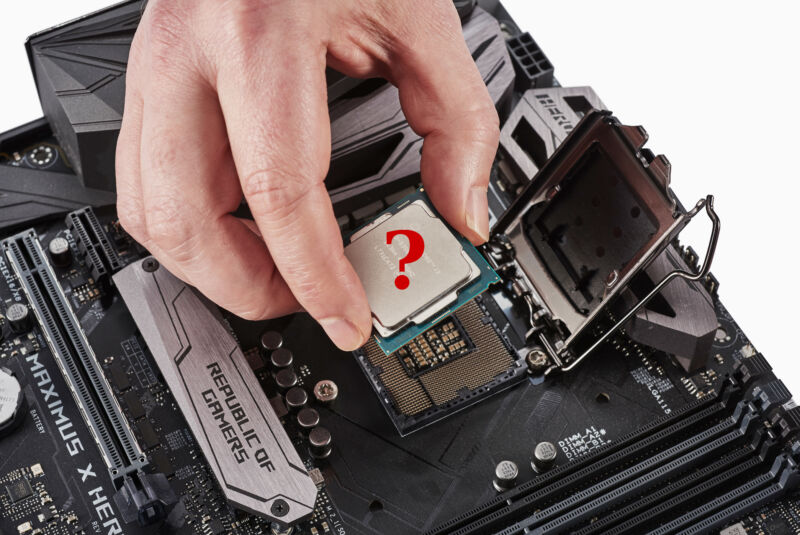
Enlarge / Intel's continuing setbacks when developing newer, denser manufacturing processes raise questions about how it will compete with AMD—let alone emerging ARM-based rivals like Amazon, Apple, or Ampere. (credit: MaximumPC / Getty Images)
Yesterday, Intel's Q2 2020 earnings report brought more grim news for the company's advanced manufacturing processes. Its next-generation 7nm manufacturing process is now a full year behind schedule, with those parts now scheduled to see the light of day no earlier than late 2022.
Intel’s 14nm barrier
Intel's struggles with 7nm development and manufacturing follow what can generously be described as a less-than-successful transition to 10nm. In March of this year, Intel CFO George Davis described the company's 10nm process (used in its current Ice Lake line of laptop CPUs) as "[not] the best node that Intel has ever had," going on to say that 10nm Intel would be "less productive than 14nm, less productive than 22nm... it isn't going to be as strong a node as people would expect from 14nm or what they'll see in 7nm."
These struggles to get higher clock speeds and better yield rates out of 10nm has forced Intel to continue relying on its aging 14nm process, now so elderly and frequently revised it's often referred to as "14nm++++." The Ice Lake 10nm laptop CPUs are a long way from worthless—due to their higher integrated GPU performance and power efficiency, they're a premium choice for battery-constrained devices. But even in laptops, Intel Ice Lake 10nm competes directly against Intel Comet Lake 14nm, with the highest-performance Intel parts coming from the older process.
Read 7 remaining paragraphs | Comments
https://ift.tt/3hDihQ1
Comments
Post a Comment